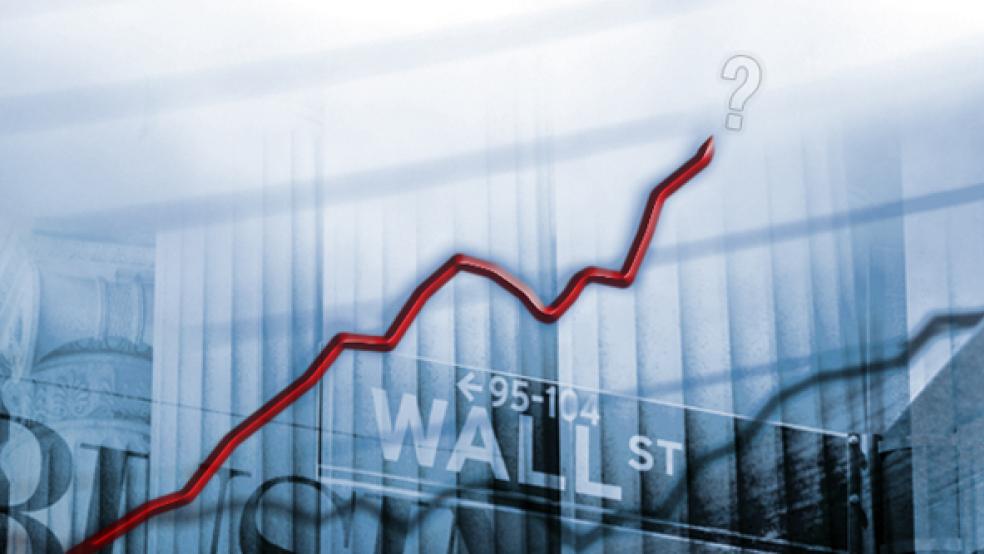In a speech at the Federal Reserve Bank of San Francisco Tuesday, Janet Yellen, the vice chair of the Federal Reserve, talked about “the urgency of strengthened international policy cooperation to attain strong, sustainable and balanced growth in the global economy.” Sure enough, the Fed and five other central banks from the world’s leading developed economies on Wednesday announced a coordinated move to “help foster economic activity” by providing more liquidity to the global financial system.
The banks – including the European Central Bank and the central banks of Britain, Canada, Japan, and Switzerland – agreed to cut the cost of currency swaps to make it easier for European banks to get U.S. dollars, still the default currency for many international transactions. The move intended to prevent the European debt crisis from turning into a global credit crunch of the kind that essentially froze funding during the financial crisis of 2008.
Investors like liquidity, which can be a boon to asset prices even if it fails to address the more fundamental problems plaguing the European and global economies. Global markets rose dramatically in response to the central banks’ announcement, heartened both by the increased liquidity and by the coordinated action itself. The action was a signal that someone, finally, was willing to make a dramatic move to prevent the crisis from becoming a full-blown meltdown.
Adding to the bullishness, China’s central bank announced a move of its own, lowering the reserve requirements for lenders in a bid to free up money and spur more lending. On top of that, a better-than-expected reading on U.S. private-sector payrolls from Automatic Data Processing offered hope that the recovery is gaining momentum, even if it could still be undone by Europe’s troubles.
By the end of trading, the Dow Jones industrial average had jumped 490 points, or 4.24 percent – its biggest one-day gain since March 2009. The Dow finished the day back above 12,000 and, after seesawing in recent weeks, is once again in positive territory for the year, up 4 percent. The S&P 500 and NASDAQ composite indexes also gained more than 4 percent on the day.
The coordinated action announced today will not do much to address a major economic drag, which Yellen described as the “dearth of aggregate demand, not just among the advanced economies, but also for the global economy as a whole.” More than a few skeptics were quick to point out that the move by the central banks was once again addressing the symptoms of the debt crisis and not the underlying disease. And they were quick to remind investors that the short-term boost must be backed up by further action for any rescue plan to really work. The bankers may have felt an urgency to act, but will Europe’s leaders take the cue?
“The hope is that central banks are acting because, looking forward, they feel confident that other policymakers will finally catch up with a big and spreading debt crisis that has serious implications for growth, jobs and inequality,” PIMCO CEO Mohammed El-Erian wrote in a commentary for The Financial Times. ”The fear is that they are acting because they feel that they must again pre-empt yet another set of potential disappointments.”
European finance ministers meeting this week failed to take any concrete steps to allay those fears. In fact, they deferred action until a summit of EU leaders scheduled for December 9. Investors may have enjoyed Wednesday’s relief rally, but they’ll still be looking for longer-term solutions, and soon.





